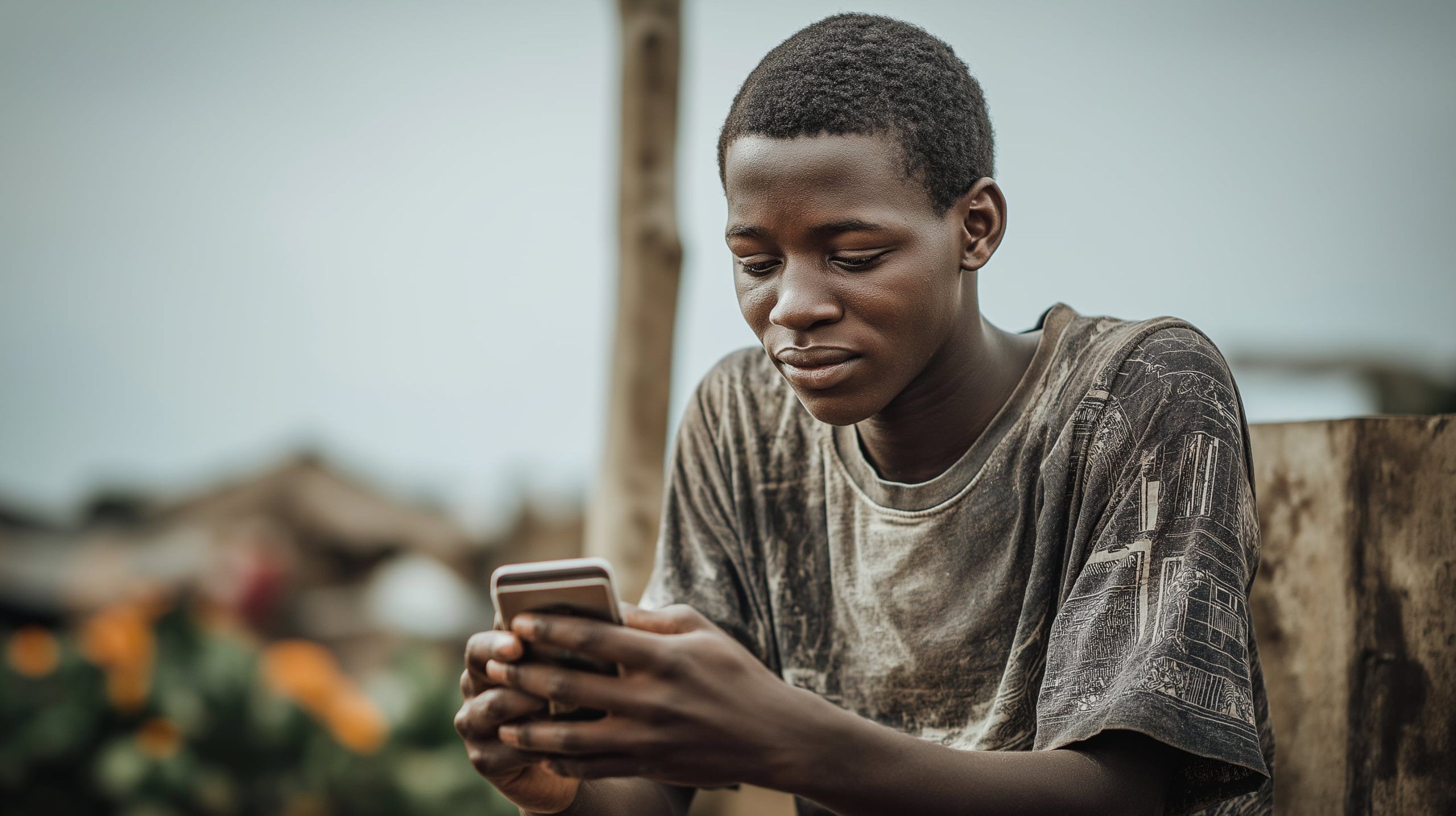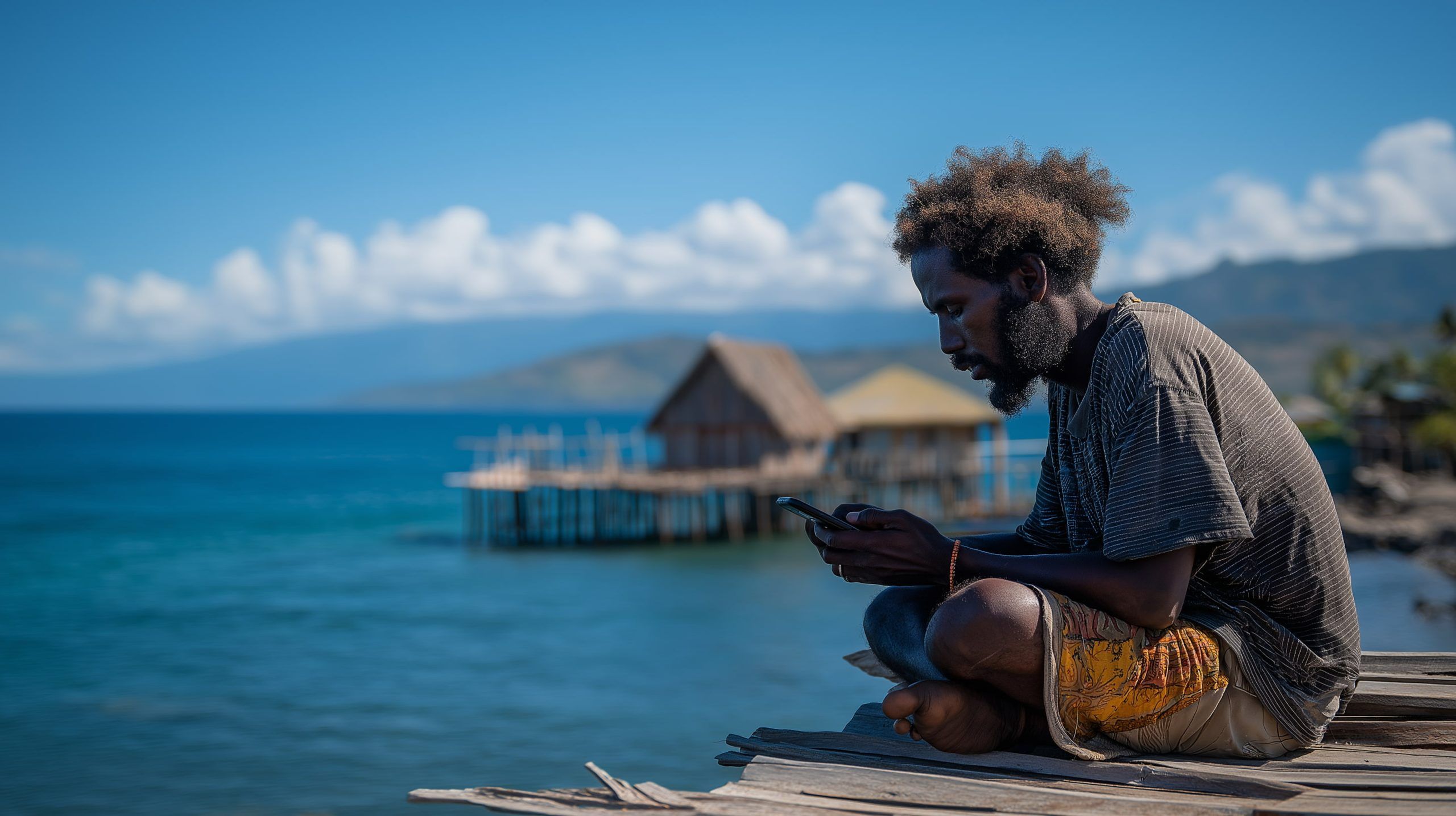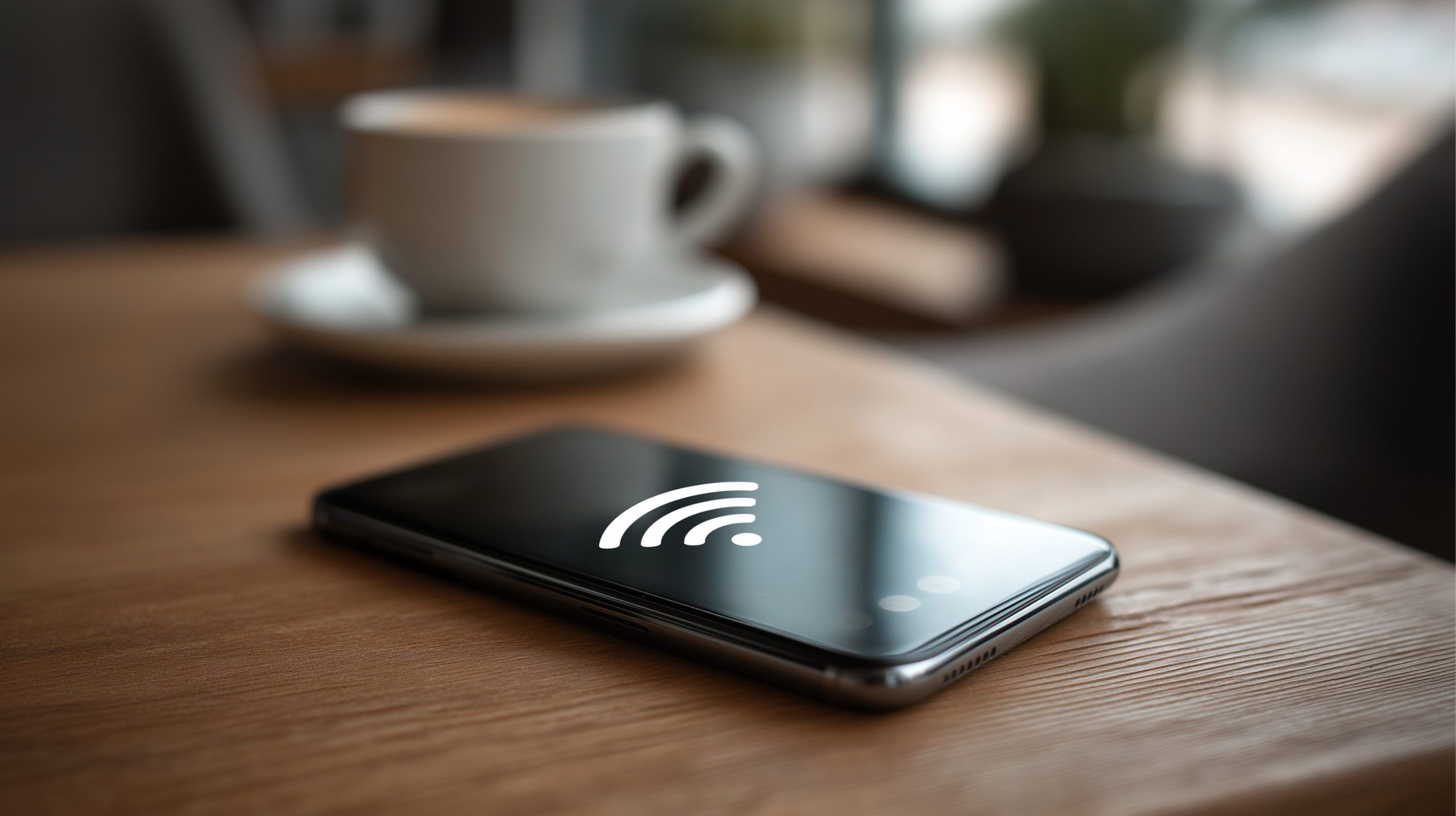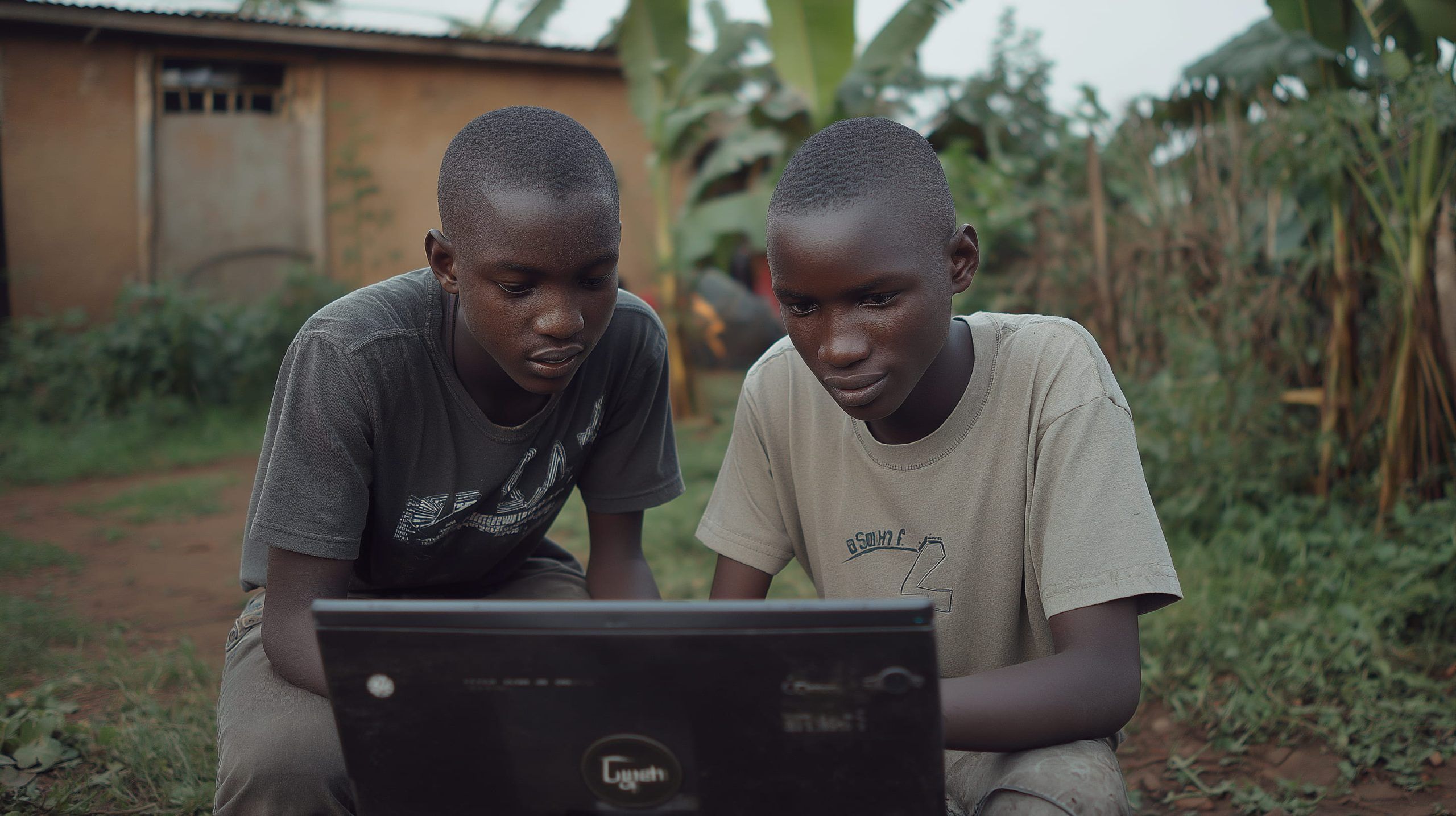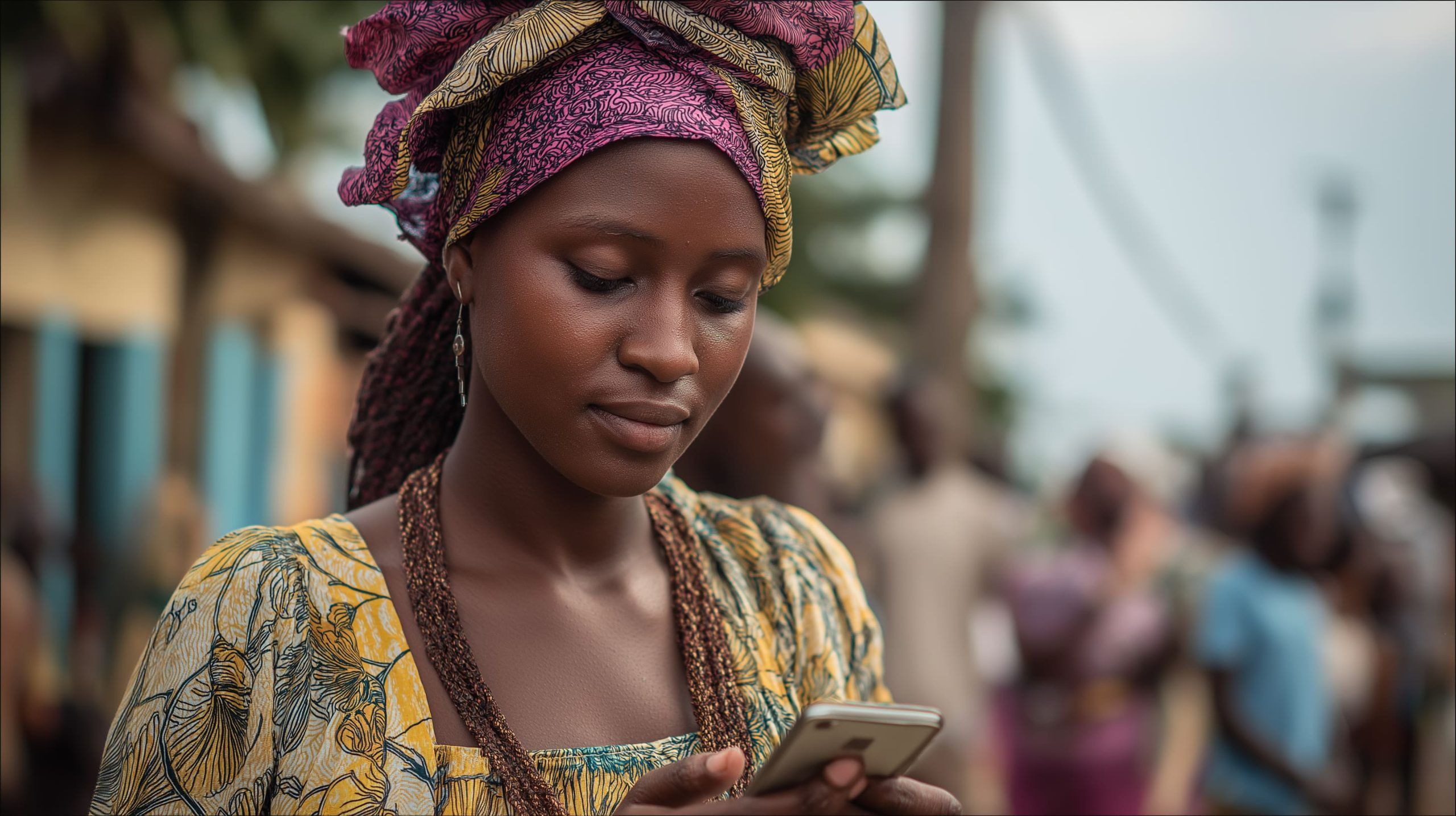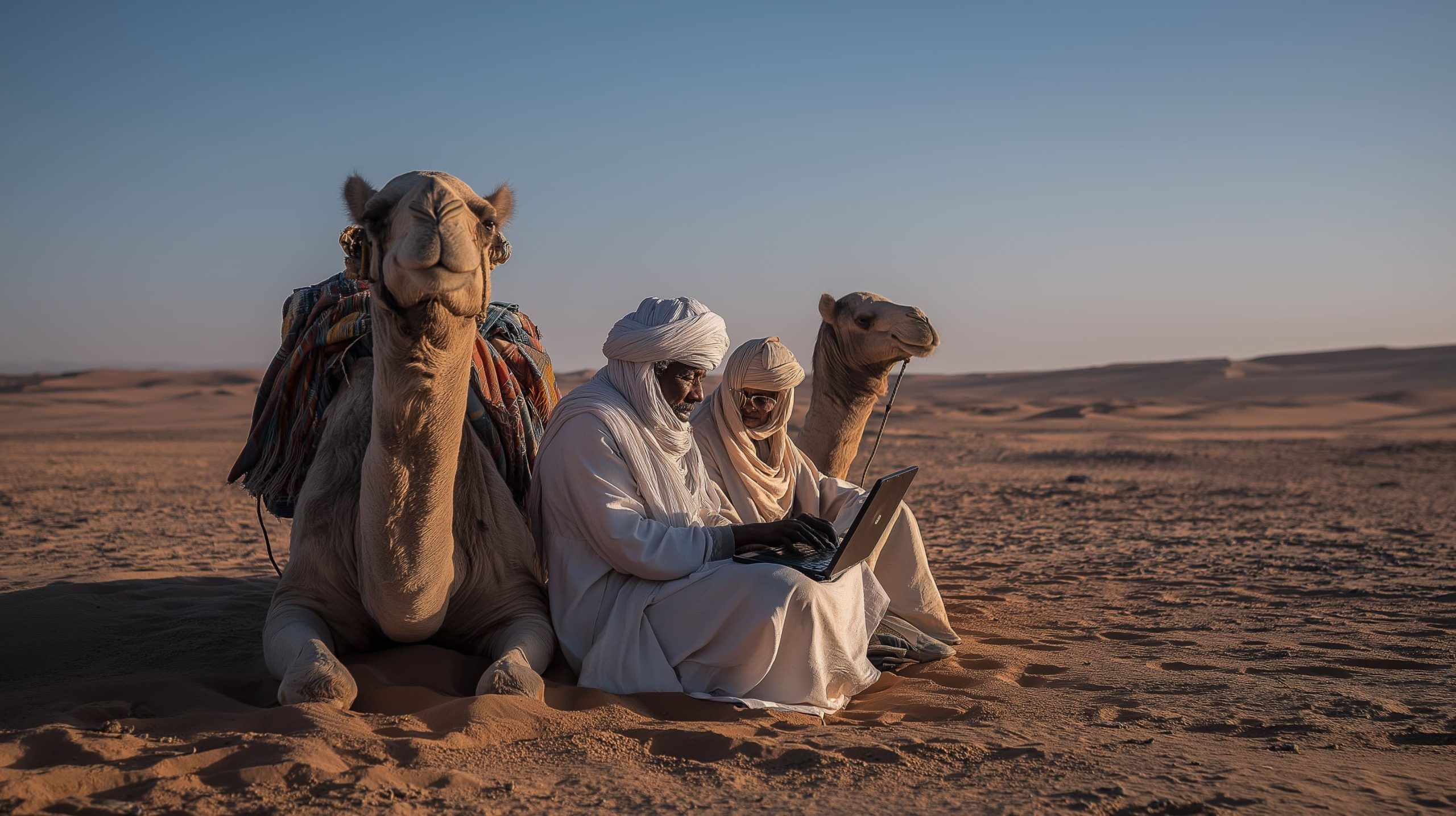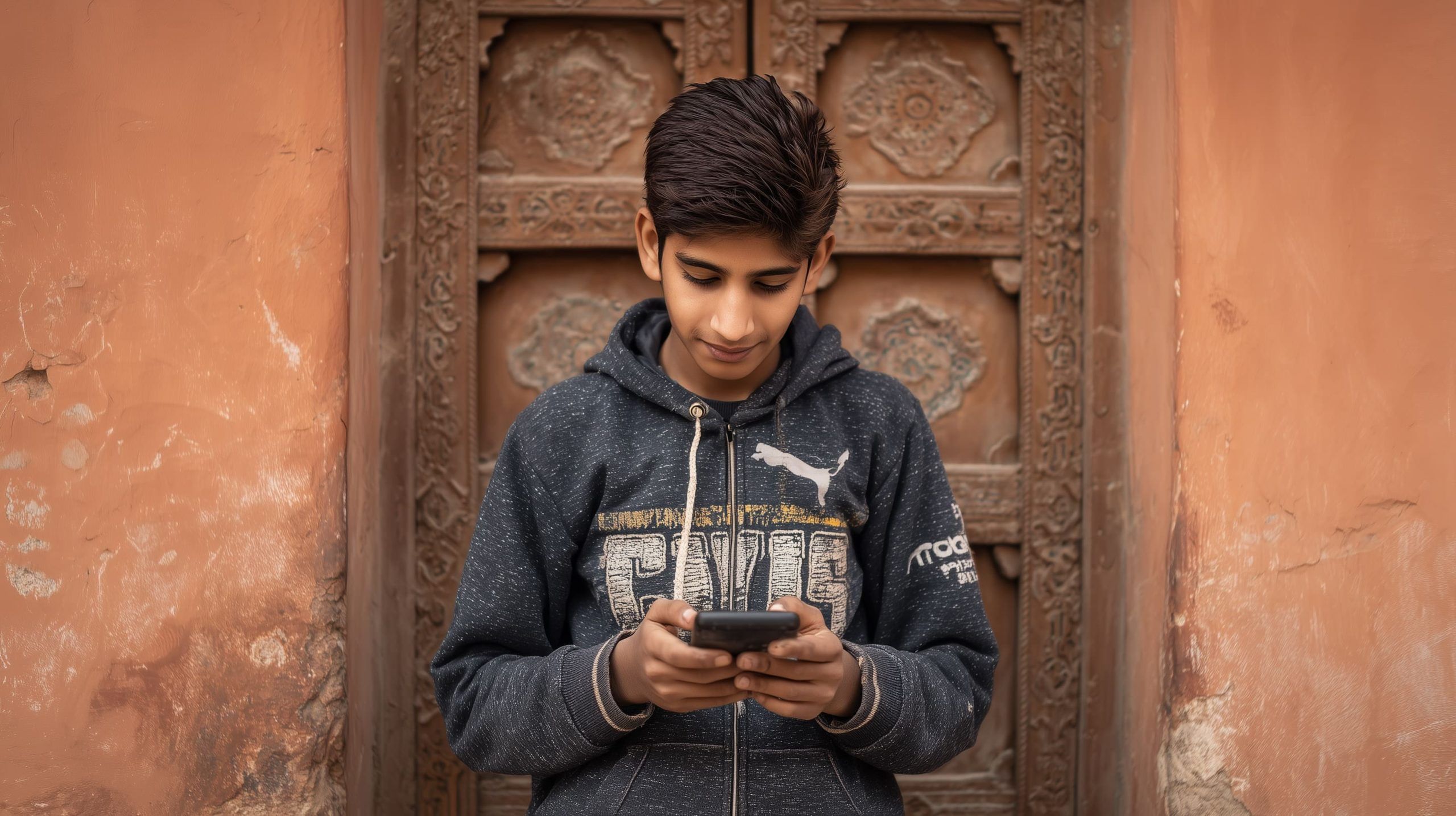
Cable Cuts, Crackdowns & Satellite Surges: Global Internet Access Upheavals (7–8 Sept 2025)
Key Facts In-Depth Report Undersea Cable Outage Shakes Asia & Mideast A sudden severing of multiple undersea internet cables in the Red Sea over the weekend sent shockwaves through global connectivity. On September 7, monitoring groups reported that two major subsea
